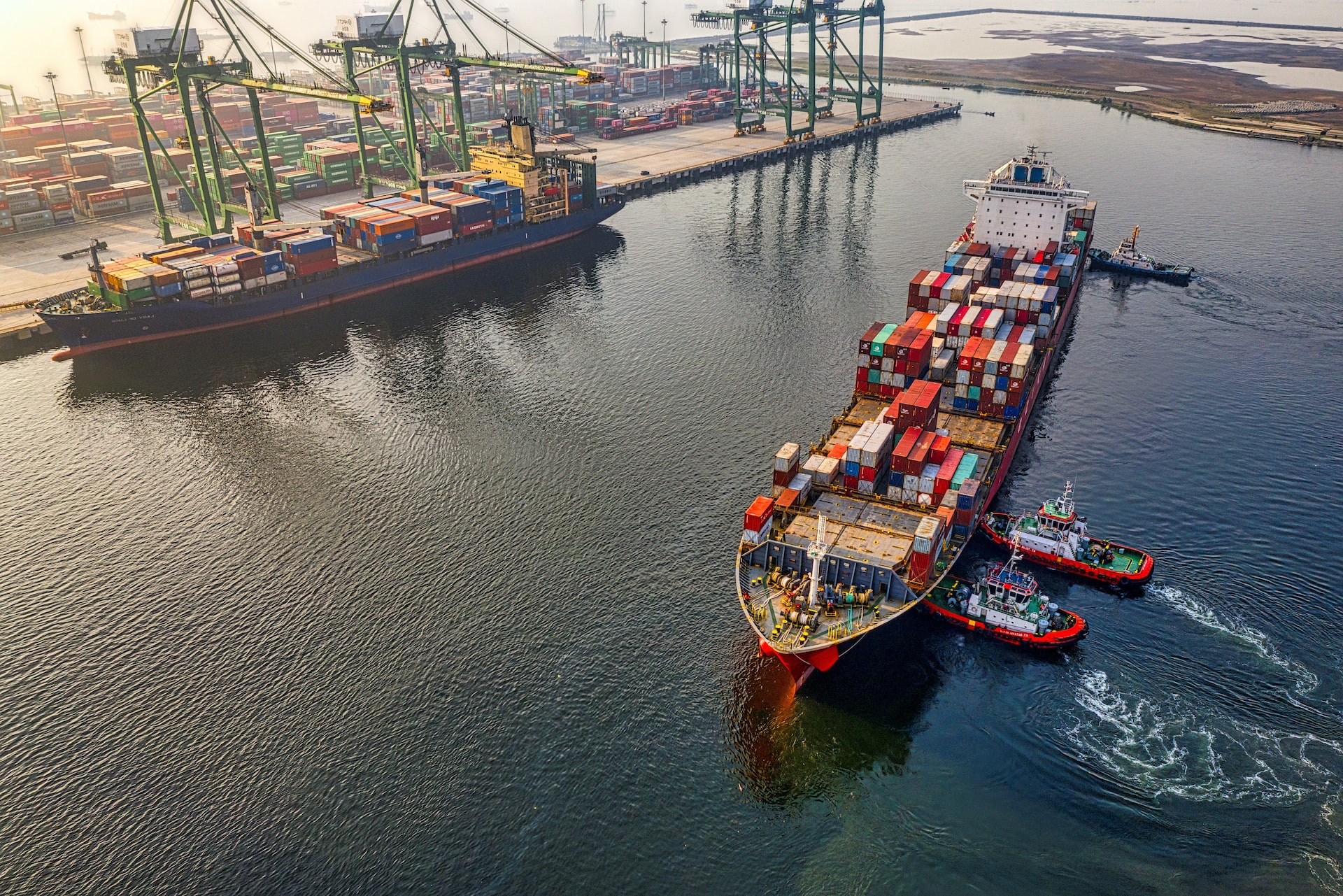
© 2025 Speedline Logistics. Created for free using WordPress and
Colibri


This paper highlights some of the fundamentals of shipping, including the key protagonists, vocabulary, and documentation, as well as how these elements can have a significant impact on both your markup and the shipment as a whole.
No freight moves by itself. Carriers are businesses like Maersk and American Airlines that possess ships and aircraft. They normally don’t plan the movement of freight outside of the shipment’s port-to-port (or airport-to-airport) leg.
Bookings for carriers’ vessels are often sold through third parties (although they will offer services directly to very large companies). Some non-carriers in Uganda also market reservations through a regulated process known as NVOCC (non-vessel owning common carrier).
Think of them as travel agents for freight, the professionals who are familiar with the entire shipment procedure, as the Freight Forwarders chapter put it. Some forwarders do occasionally serve as carriers, most frequently by additionally running a fleet of trucks. The major international couriers are also owners and pilots of cargo aircraft.
As described in the chapter on the customs process, customs brokers are experts in filing and clearing customs. Either as an agent or on their own, freight forwarders deal with customs brokerage. See more in the chapter on freight forwarders.
Providers of third-party logistics (3PLs) handle all or parts of a company’s distribution and fulfillment needs. This service is offered by a lot of the bigger forwarders. Third-Party Fulfillment chapter discusses this type of outsourcing.
You are the only important player left. Whatever name you like, the freight sector refers to you as a shipper. This may sound a bit complicated to outsiders, but according to how forwarders and carriers set it up, you are the one who wants to “port” the products.
Categories:
Tags:
No responses yet